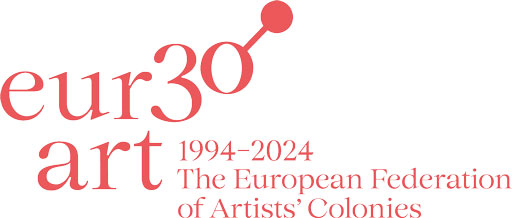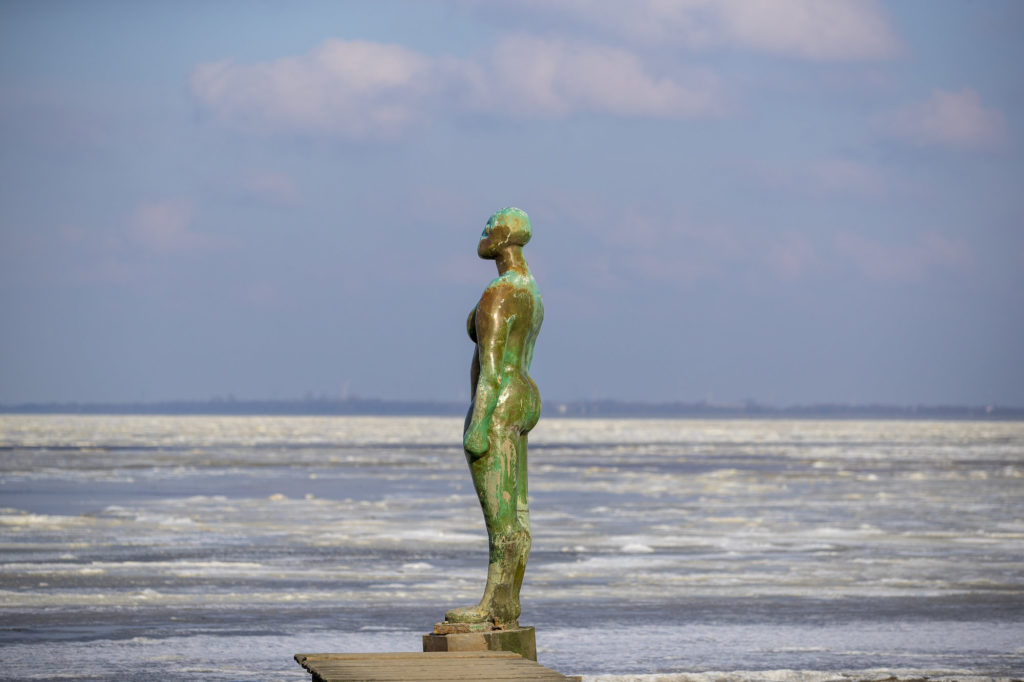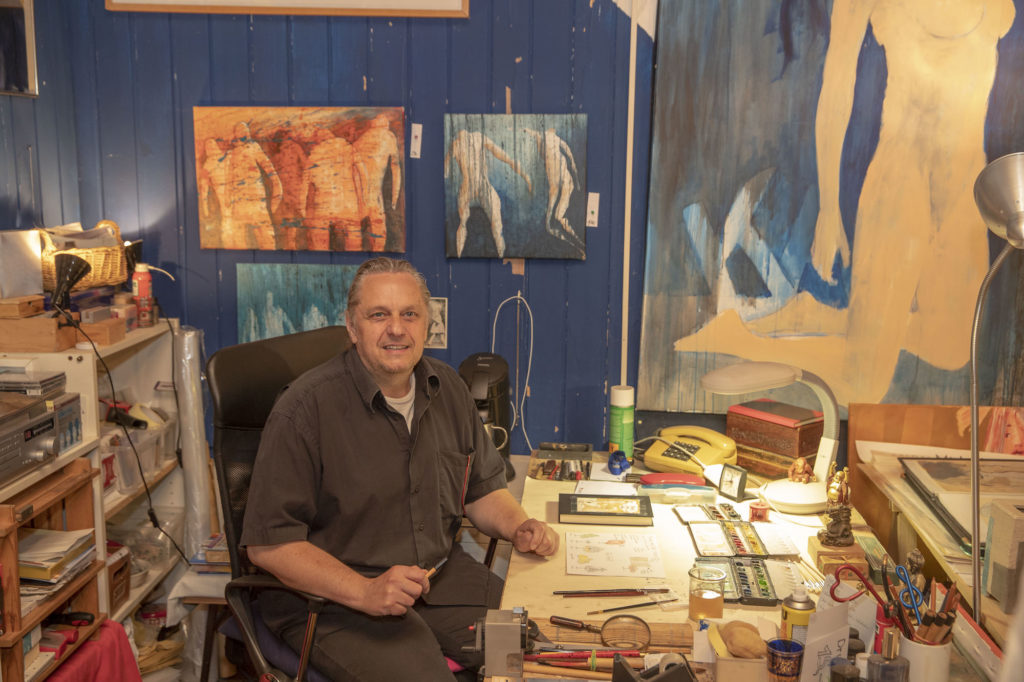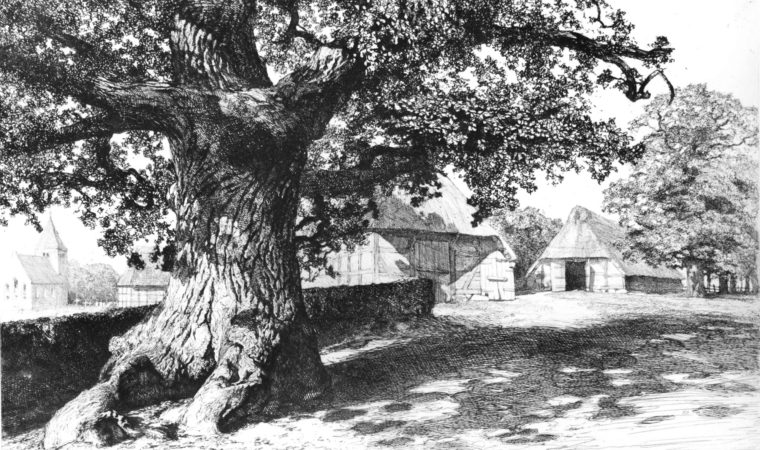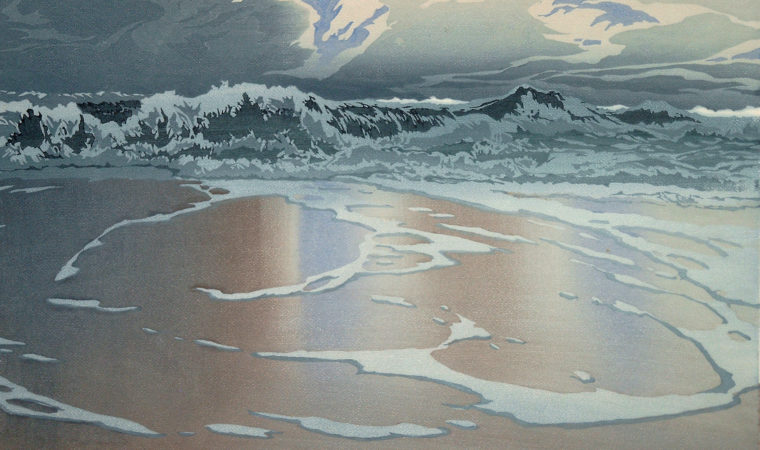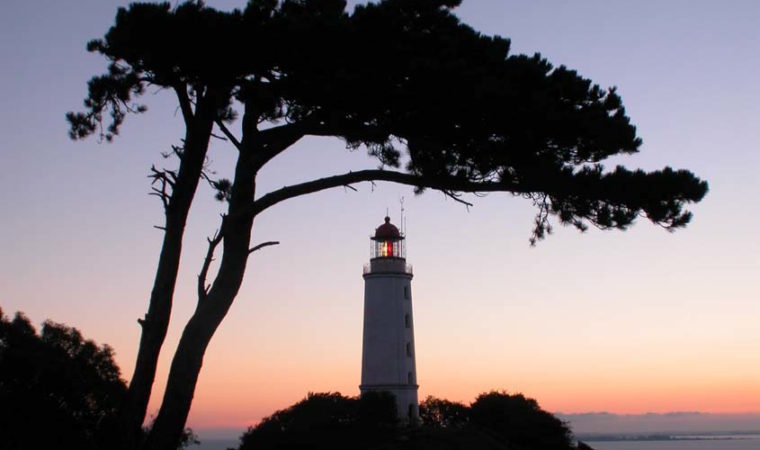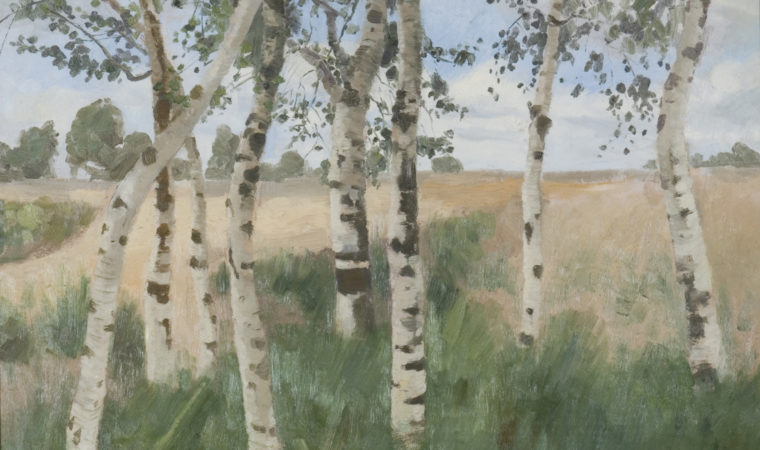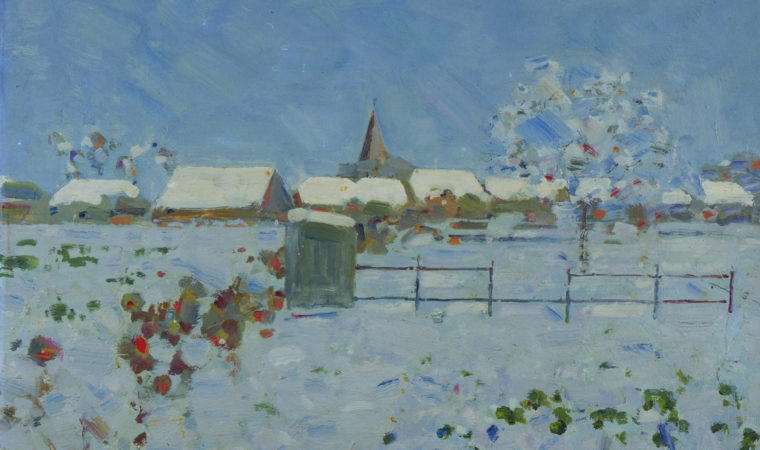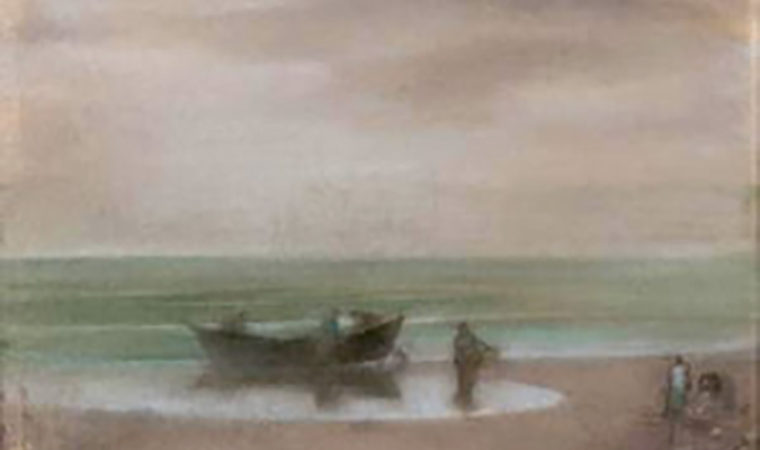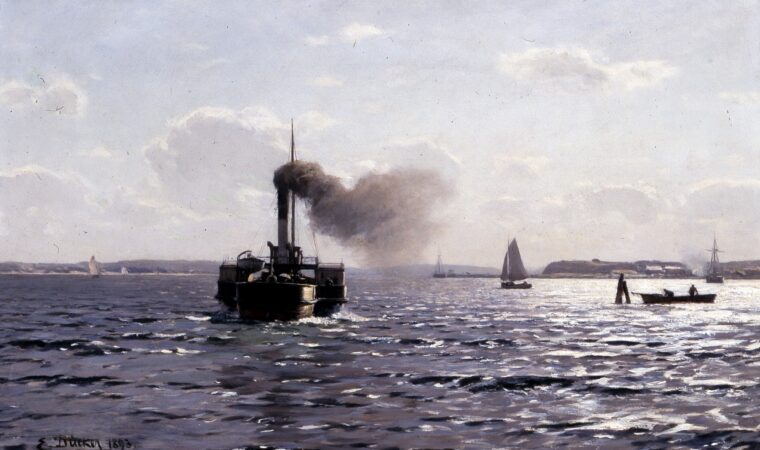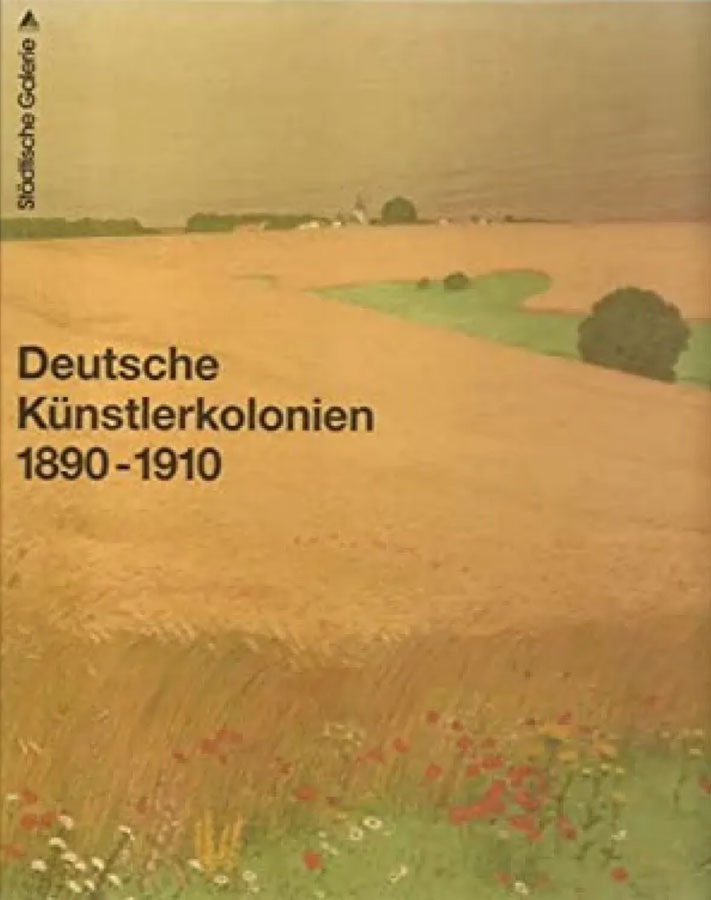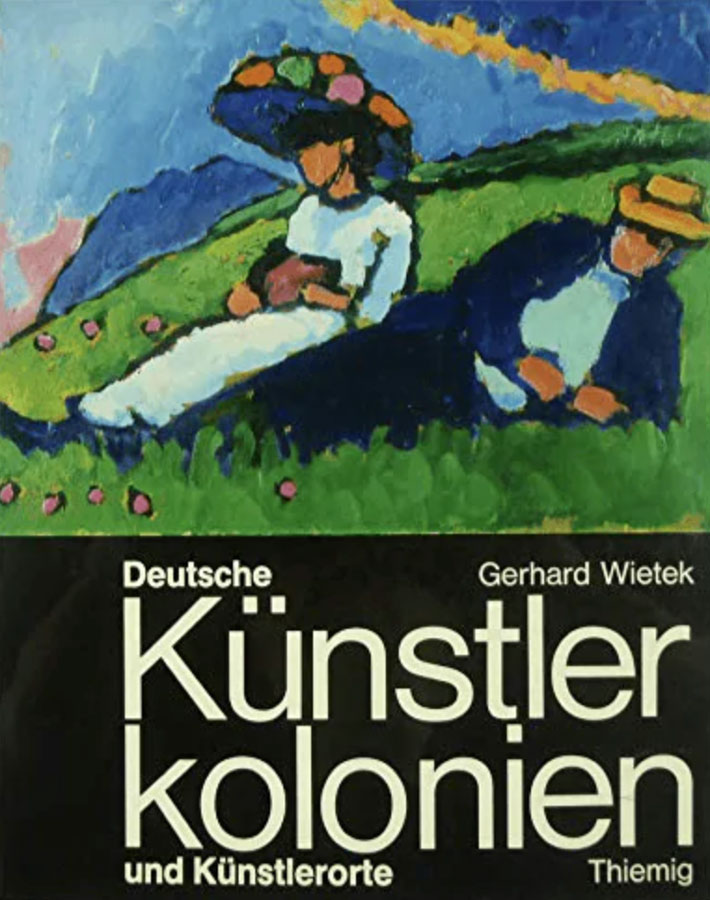Imagine taking your pencils, your brushes and your easel and setting up your studio near the beach for the summer. To the painters of “Die Brücke”, this sounded as ideal as it does to us. Broad skies and picturesque town life, that was the appeal in Dangast, the oldest North Sea resort. Then there was the contrast of the architecture, between old farmhouses and fisherman’s cottages and the dramatic seaside Kurhaus. A foundation of inspiration for artists like Erich Heckel and Max Pechstein, who was intrigued by all the folk dancing.
Oldenburg painter Emma Ritter joined the travelling revolutionaries and found her own expressionist signature. Today, the Dangaster Brücke Years are considered a milestone for the development of artistic modernity. Franz Radziwill bought a house in Dangast. He mused: “Here I have a high sky, the change of tides and Geest, moor and march in mind. Even leaving my house can set a world of images in motion.” As a representative of New Objectivity and Master of Magic Realism, he became famous all over the world.
After 1945, other artists came to visit, bringing with them different styles. That’s how three important styles of modernism came about Dangast – the bridge, magical realism and action art.
Today, Dangast remains a lively artist’s place: in the former log house of the Seebadeanstalt, painter Michael Kusmierz shows his illustrations. In the neighbouring gallery KaMa, regional artists have exhibition opportunities. And in Rallenbüschen, Diedel Klöver welds animal sculptures out of scrap metal, inviting you to a spectacular garden at the end of August with a yearly Yard Art symposium.
